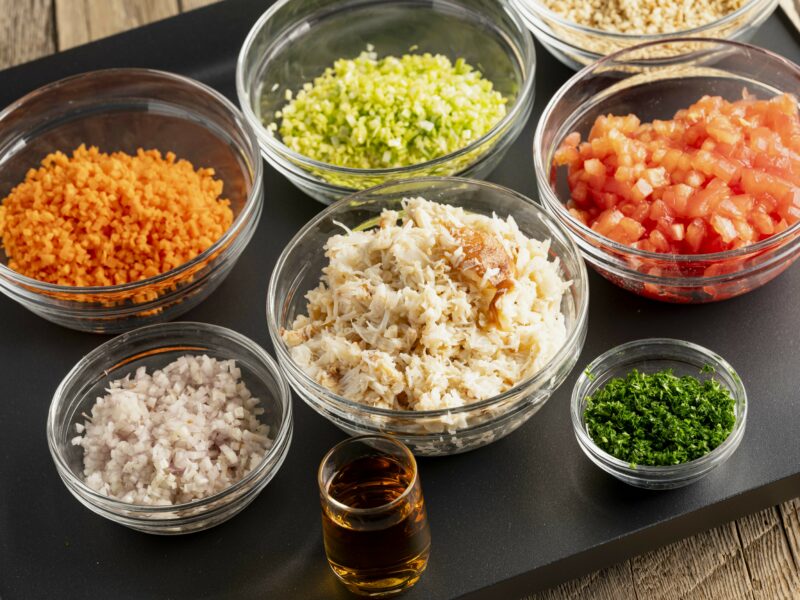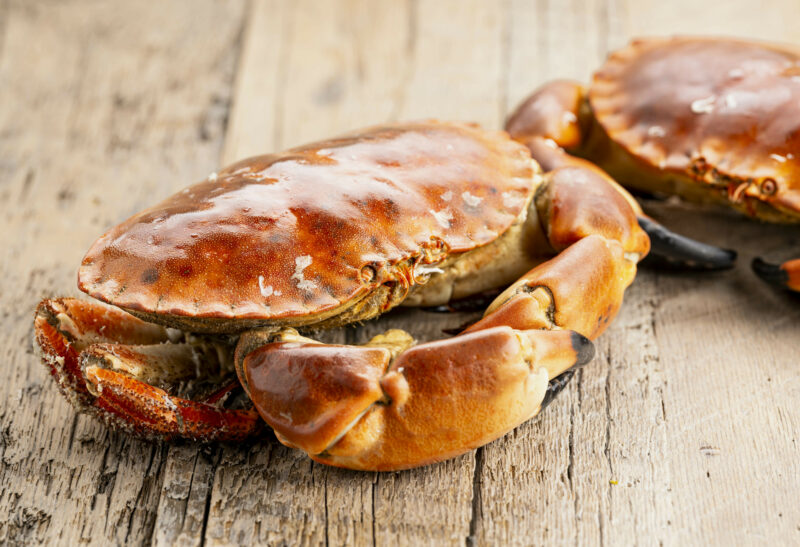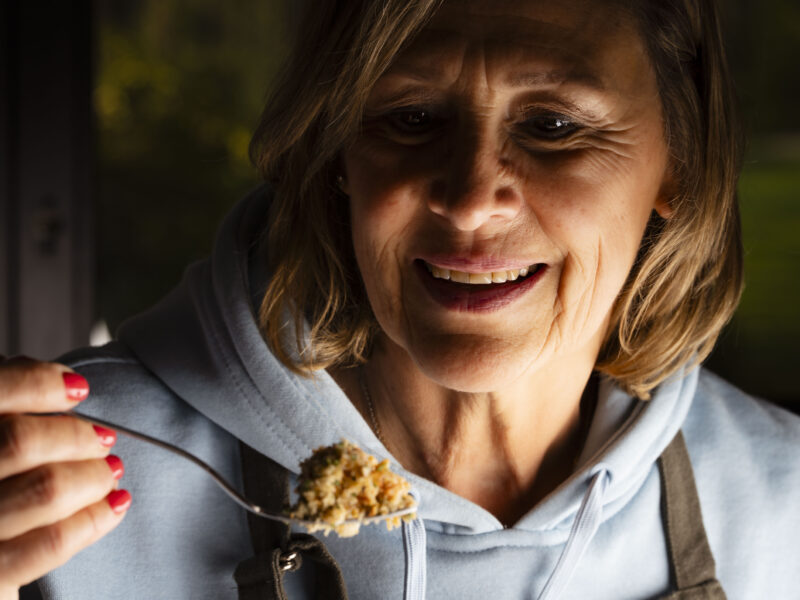Discover Txangurro a la Donostiarra: the iconic crab dish from San Sebastián
Bar Tamboril is in the historic centre of San Sebastián, where there's always a great atmosphere and the wonderful smell of Basque food hits you from all sides. Here I found a dish that perfectly captures the spirit of San Sebastián: Txangurro a la Donostiarra, or Donostia-style spider crab as it's also known. With its rich mixture of crab meat, onion, carrot, leek, tomato and a dash of brandy, this dish is a real explosion of flavours.
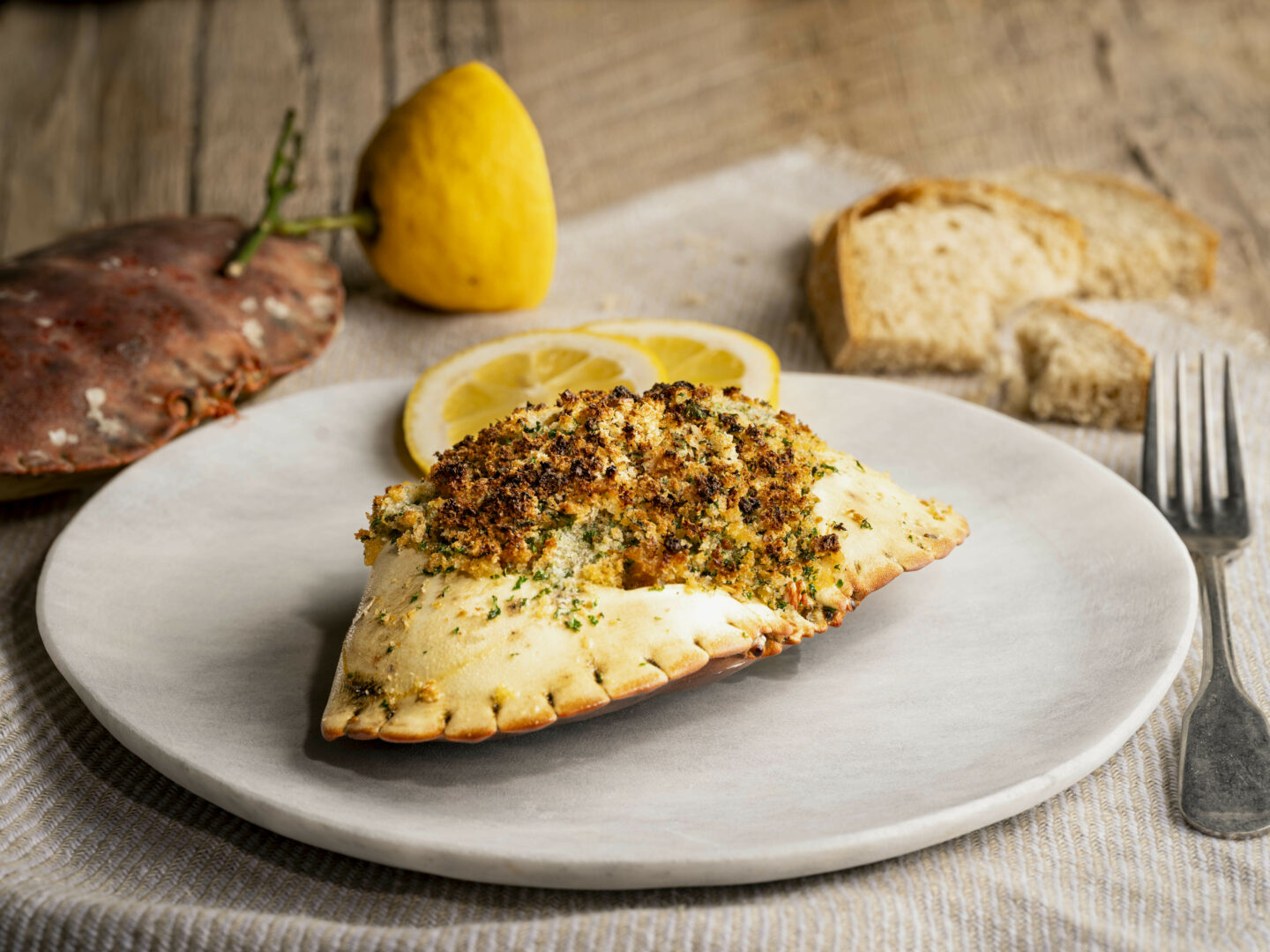
I wrote this recipe after trying the dish in Tamboril and checking out a few local cookbooks. They usually use spider crab in Donostia to make this regional dish, but you can just as easily use brown crab. But before we get cooking, let's take a look at the history of txangurro a la Donostiarra and how it became such a key part of Basque cuisine.
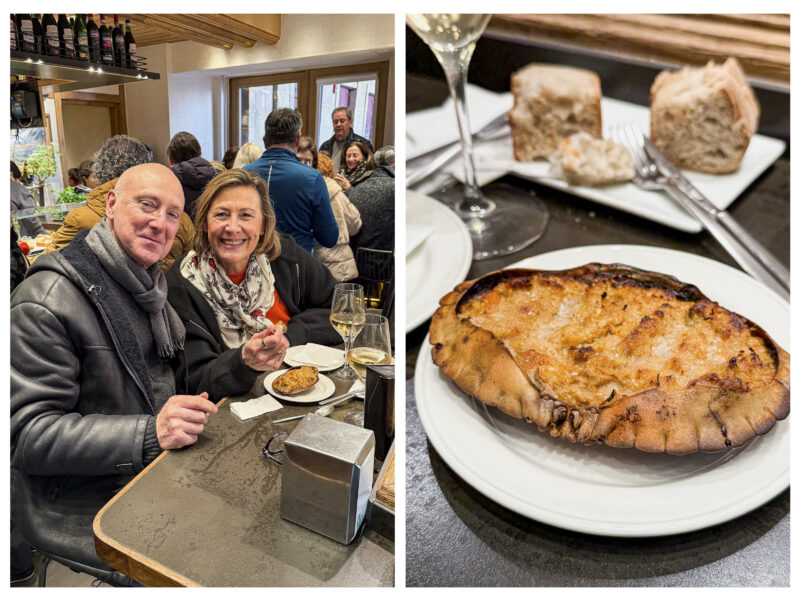
Txangurro = spider crab
In the Basque Country and Navarre, the word 'txangurro' is used to refer to the spider crab and the dishes made with it, as well as other crab species.
So, what actually is a spider crab?
Well, it's basically a type of crab that's known for its relatively small body compared to its long legs that look like spider's. Its shell is dark red, rough and spiny, and the females are generally larger than the males. You'll mainly find the spinous spider crab in the Pacific Ocean around Japan and Taiwan, but it also lives in the Atlantic Ocean, more specifically from the English Channel to the north coast of Africa, and in the Mediterranean Sea. Recently, the species has been moving further north, with some specimens even being found in the Dutch Oosterschelde. Because they're a migratory species, we don't really know how many of these crustaceans are out there.
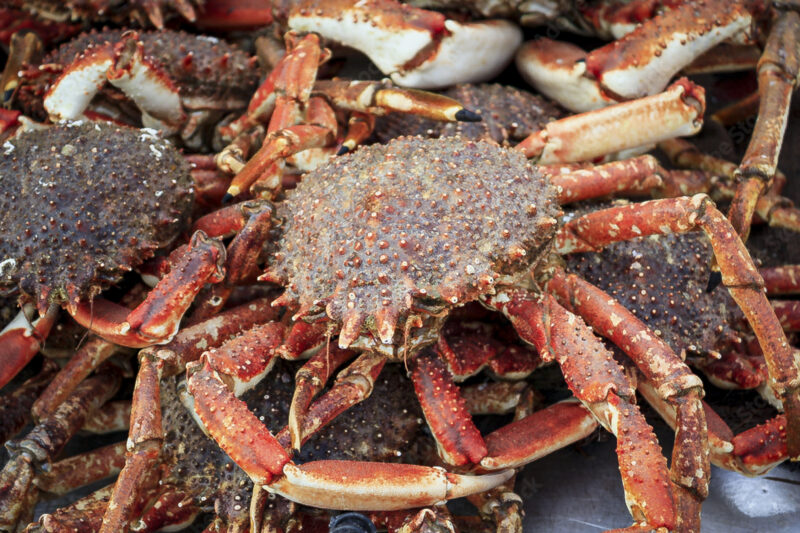
Shishito, inventor of txangurro a la Donostiarra
Felix Ibarguren, also known as Shishito, was born in 1854 and worked as a chef at the turn of the 20th century in the Sociedad de Bellas Artes in San Sebastián, where he prepared meals and banquets for members of the society. He was a contemporary of Auguste Escoffier, and his cooking style was strongly influenced by French cuisine. Shishito was the first to introduce haute cuisine in Spain, and in 1901 he set up the first Spanish cooking school, where students could get a proper, structured training programme in culinary arts and earn a diploma, just like they did in France and Germany.
A timeless dish
Shishito created a luxurious dish with the spider crab as the star ingredient. The preparation included onion, leek, tomato, brandy, stale bread and butter. The use of butter shows the influence of French cuisine on Shishito's repertoire. The recipe for txangurro a la Donostiarra has remained largely unchanged since it was first made, except perhaps for adding some chilli pepper or Tabasco for a bit of extra oomph!
Txangurro a la Donostia has become part of the traditional cuisine of the Basque Country, even though it's the only dish that doesn't originate from the people’s kitchen. It's no surprise, then, that you'll find it on most restaurant menus in the Basque Country. And it's a common dish in many Basque households at Christmas and on other special occasions.
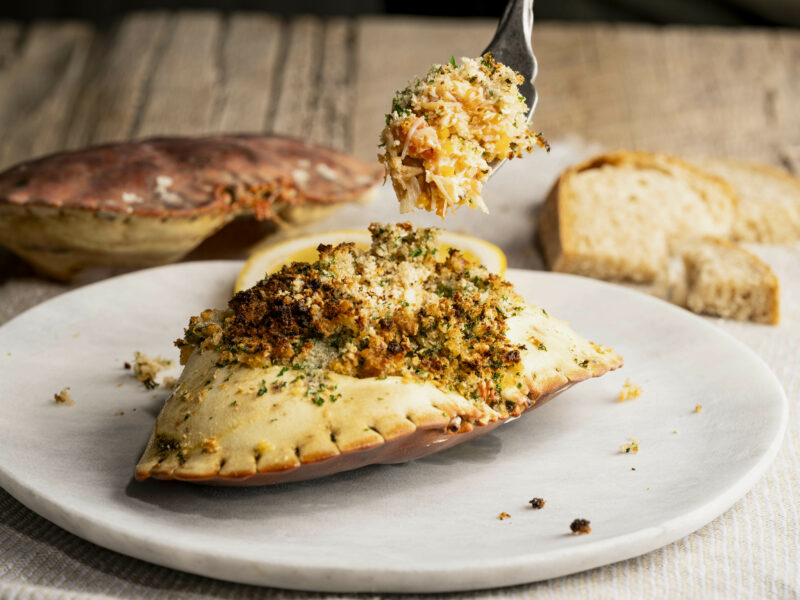
Quality and simplicity are a perfect match
The great thing about Txangurro a la Donostiarra is that it couldn't be simpler to make. You might find the process of removing the crab meat from its legs and claws a little tedious, but it's worth the effort. So don’t let that stop you! The key to a delicious and successful dish is the quality and freshness of the ingredients, so be sure to use a live crab for this recipe. I've explained everything about how to cook crab and remove the meat in one of my previous blog articles, so make sure you check it out!
Recipe: Donostia-style spider crab
This recipe was inspired by my experience at Bar Tamboril and the cookbook Los 100 Grandes Platos de la Gastronomia Español.
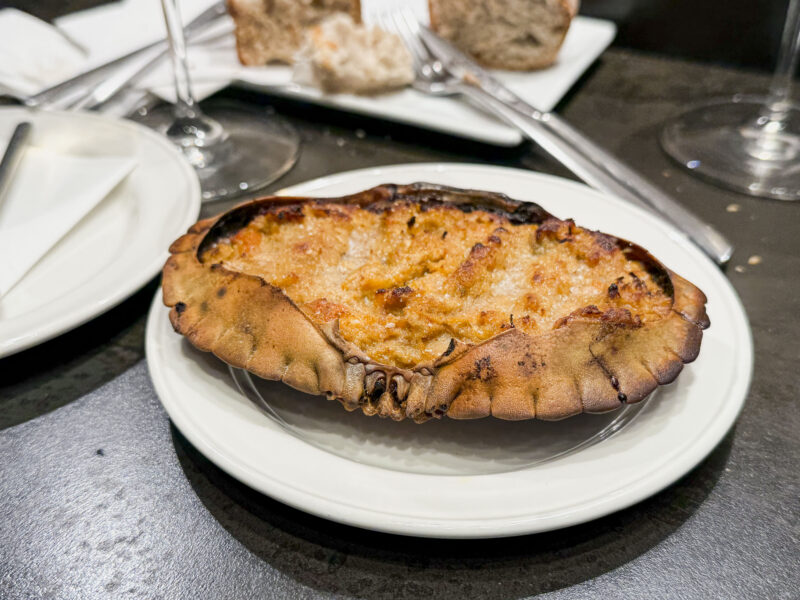
Ingredients for 2 people:
- 1 large live spinous spider crab or brown crab
- 1 shallot
- 1/2 carrot
- 1/2 small leek
- 1 tomato
- 25 ml brandy
- 1 slice stale bread
- 1 teaspoon chopped parsley
- 50 g butter
- Salt
- A pinch of pimentón de la Vera
-
Step 1: cutting the vegetables
Finely chop the shallot and cut the carrot, leek and tomato into fine brunoise. Next, crumble the bread and mix it with the chopped parsley.
![Txangurro 00106]()
-
Step 2: cooking the crab
Bring a big pot of salted water to the boil. Cook the crab for 15 minutes, then remove and place in ice-cold water.
Open up the crab and collect the liquid from inside the shell. Then, take the meat out of the legs and claws (check out the blog for a step-by-step guide).
Then, clean the shell really well and set it aside.
![Txangurro 00087]()
-
Step 3: preparing the filling
Melt half the butter in a pan and fry the shallot without letting it colour. Then add the carrot and leek and simmer until soft. Then add the tomato and continue to cook.
After 10 minutes, pour the liquid from the crab into the pan with the vegetables. Add the brandy and flambé. Let the juices reduce.
Then add the crab meat to the pan and briefly cook. Add salt to taste and pimentón de la Vera.
-
Step 4: Gratinating
First, heat the oven to 225°C, and turn on the grill.
Next, fill the crab shell with the crab and vegetable mixture. Sprinkle with breadcrumbs and top with the remaining butter. Bake in the oven for about 5 minutes, just until the crust is golden brown.
Serve the txangurro a la Donostiarra as they do in Spain, with a piece of crispy sourdough bread.
![Txangurro 00173]()
